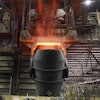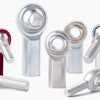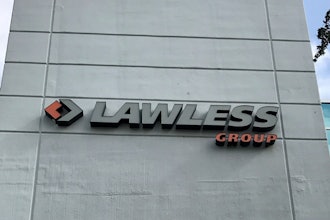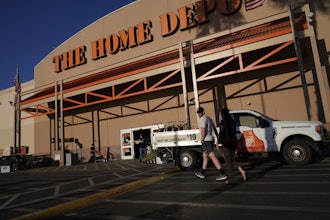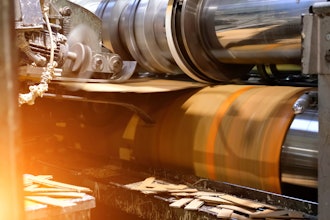Fundamentally, outsourcing changes the business model and introduces many challenges.
If your own organization hasn’t jumped onto the bandwagon and outsourced most or all of its manufacturing to specialty houses or to lower-cost countries, then you have been reading a great many articles and posts about the trend. There is much debate over the effectiveness of the strategy, the effect it has had on “American” brand quality, and the effect it is having on the U.S. economy and its ability to pull out of the current recession.
In some cases, it has proven to be a good move. In some cases it has proven disastrous.
Let’s set the scenario with a medium-to-large size business that is bought by a large corporation or a holding company. At the time of the takeover, the business manufactures and assembles its custom and unique parts and only sources materials and standard parts, such as assembly hardware. However, some time after takeover, the greater corporate entity directs the business to outsource its manufacture and to remain solely an assembly house.
At the boardroom table, the decision seems to make a great deal of sense. The business can leverage the corporation’s agreements with high-volume, quality-proven, manufacturing houses for better pricing. The inexpensive cost of doing business with lower-cost countries appears to offset the shipping and inventory costs associated with the global environment. It also enables certain components to be made from composites and plastics instead of choosing to make them using the equipment and processes so far used in-house, meaning that those component costs can be reduced as well. The savings predicted over time are substantial.
There are three factors that lead to most of the issues the business experiences as a result of the decision to outsource.
- Insufficient resources in the right functions to outsource effectively
- Loss of connection between the design intent and the purchased components
- Failure to effectively manage suppliers and quality
In truth, all three of the above problem sources are fed by one root cause: inexperience operating outsourced (instead of in-house) manufacture. All of these problems are interrelated.
Let’s walk through the breakdown as it manifests. First, the existing sourcing function suddenly becomes overwhelmed. It is correctly resourced to purchase materials goods, and standard components. It is not correctly resourced to select and manage a large suite of subcontracted manufacturers.
Immediately, the sourcing function must increase its resources. However, there is a lack of experience managing subcontracts and manufacturers.
Subcontracted services require more investigation and require more manufacturing process knowledge than the sourcing personnel on staff possess.
Here we run into a repeat of the problem in a different function: quality, specifically the supplier quality function.
In order to determine if a subcontracted manufacturer is really capable, we must send our supplier quality function to that manufacturer and investigate. Unfortunately, our pre-existing resources for that function are not enough in number to meet with all of the would-be subcontractors.
Meanwhile, the production floor is rearranged, equipment is sold off, personnel are redistributed, and there’s no going back to in-house production even if the business changed its mind.
If the business plan reasonably predicted the increase in overhead in sourcing and quality functions and the lost revenues or profits from the learning curve, it will be OK. Chances are, those predictions weren’t accurate or didn’t exist, and business savings are already diminished or eliminated for several years to come.
Now we start to observe problems associated with the disconnection between engineering design intent and the manufacturing process, which brings us to our final failure mode as the business is, effectively, unaware that it has introduced a quality and/or safety issue. How could it be aware? There is only one way: vigorous, rigorous testing, and auditing.
Unfortunately, the business isn’t savvy enough to do necessary testing.
Checking the certificates on incoming manufactured custom parts is much more complex than checking certificates on incoming material. To evaluate incoming custom parts, the quality function must compare the parts, its manufacture, its critical dimensions, its treatments, its performance and its material authenticity against the specifications on the engineering drawing. This is a greater skill set.
And that brings us to the nightmare. The business has at least one quality/safety problem that it isn’t aware of and it doesn’t have an inspection/qualification process robust enough to discover it.
How many of these quality issues will be discovered, painfully, before the business realizes the full extent of the process gaps, logistical errors, gaps in quality control, risks to business and customers, and failure to appropriately manage their total supply system? It often takes years before the first of the real dangers are realized. It can take years more before a business fully grasps the extent of the mistakes made and gaps introduced.
Fundamentally, outsourcing changes the business model and introduces many challenges. If a business doesn’t know and understand this up-front, it goes through a very painful and costly process of learning it the hard way.
Stay wise, friends.
If you like what you just read, find more of Alan’s thoughts at www.bizwizwithin.com.


